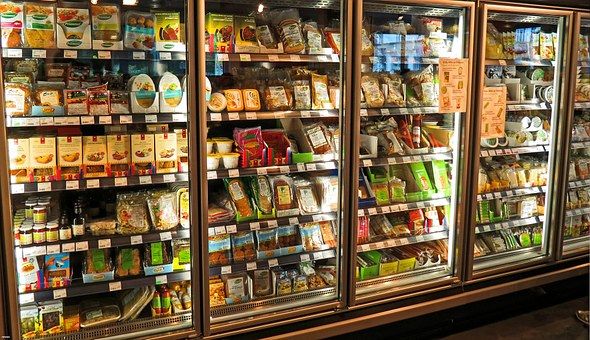TERAFOOD aims to develop a sensor for quality control of packaged food products, up to the level of a prototype tested under operational conditions. It is based on so-called THz technology, a non-ionizing electromagnetic radiation providing a unique interaction with trace gases typical of the food degradation process that can pass unmitigated through common food packaging. Its integration into "intelligent" packaging will significantly contribute to waste reduction.
Terafood: An intelligent sensor to reduce food waste – France and Belgium
- 07 August 2019
Scientists are developing food packaging 2.0 to combat the premature and accidental discarding of fresh food. An artificial nose, highly sensitive and low cost, integrated in all packaging!
The project aims to create a prototype sensor integrated into the packaging to inspect the freshness of the packaged food product in real time, thus preventing food deterioration in the food industry.
A financially viable and proactive solution to combat waste is to systematically analyse each package using a non-destructive method.
Fighting against food waste
Food waste is present throughout the product value chain: production, processing, distribution and end consumer, but it is during the processing phase that more than 50% of waste is to be found, mainly in terms of packaged food. To measure the integrity of products on production lines, samples are taken and opened randomly on a daily basis. By using a statistical approach, the manufacturer obtains information on the entire production process without, however, eliminating defective packaging. This destructive method generates a large volume of waste and lowers—in order to maintain an acceptable margin of safety—the deadline for use by dates for healthy food, contributing directly to waste at the end of the chain. In addition to waste, the financial losses of manufacturers are significant, as a result of sampling and analysis.
A detection technique based on biomarker monitoring
The proposed method makes it possible to monitor biomarkers generated by product degradation. It can be applied throughout the chain, from production to distribution, making each package traceable and allowing a defect to be identified at a specific point in the product's life. This detection technique is based on the real-time measurement by waves, at so-called terahertz frequencies, of the concentration of the various volatile organic compounds found inside the packaging. This composition, which is determined with an accuracy better than one part per million, provides direct information on the deterioration process of each food item.
Raising awareness among the general public
Several achievements have already been made:
A secure online platform has been set up where operators can place the data collected during their research, including all minutes and presentations of meetings as well as the various reports and deliverables;The terafood.iemn.fr website was created to provide information about the project's progress (by newsflash among others);The operators, Flanders' Food and Food2Know, regularly use social networks (Facebook and Twitter) to communicate about the project's events.Four public events have been organised to make the advanced technological research accessible. The first was held on 31 January 2019 at the Faculty of Science of the University of Ghent in Belgium, the second will take place at the end of 2019 in France, and two demonstration workshops are planned in 2020.A first generation of the sensor has been manufactured and is being characterised in the IEMN laboratory. The detection principle upon which the sensor is based is protected by patent.Videos:
Pitch TERAFOOD #MP180Total investment and European funding
The "TERAFOOD - Compact, low-cost terahertz sensor for food quality control" project has received a total investment of EUR 2 013 200; the European Regional Development Fund contributed EUR 1 006 600 under the “Interreg V-A France-Wallonia-Flanders" cooperation programme for the 2014-2020 programming period. The investment falls under the priority of "European Territorial Cooperation".

